Széchenyi István University showcases its developments to foreign diplomatic leaders in Hungary

Sponsored content
On 26 April, a total of 26 top officials from 14 foreign states’ representations in Hungary, including four ambassadors, were hosted by Széchenyi István University. The event highlighted how modern infrastructure enhances the quality of education and contributes to forward-looking research and development.
Taking place at Széchenyi István University’s Győr Science and Innovation Park, the event aimed to acquaint senior staff of foreign embassies in Budapest with the institution’s activities. Dr Eszter Lukács, Vice President for International Affairs and Strategic Relations, justified the choice of location by emphasizing the University’s desire to foster close ties with various countries and their institutions and companies, across all three missions of higher education: education, research, and third mission activities.
Innovation parks serve as hubs for education, research and development, and collaborations with companies. Dr Lukács underscored that the programme focussed on educational, research, and investment, hence presentations were delivered by the directors of the Széchenyi István University’s innovation parks during the event.
Dr Lukács added that the institution, boasting 220 Hungarian and 42 English-taught programmes, with 14,000 students, including nearly a thousand international students, representing almost 80 countries, now features prominently on six global rankings by the two leading higher education accrediting bodies, Quacquarelli Symonds (QS) and Times Higher Education (THE).
She highlighted Győr’s excellent geographical location, situated near the capitals of Austria, Hungary, and Slovakia. Dr Lukács elaborated on the institution’s offering of dual degree programs in collaboration with universities from the United States, China, Portugal, Italy and India. The Vice President also emphasized their institution’s extremely close ties with industry stakeholders.
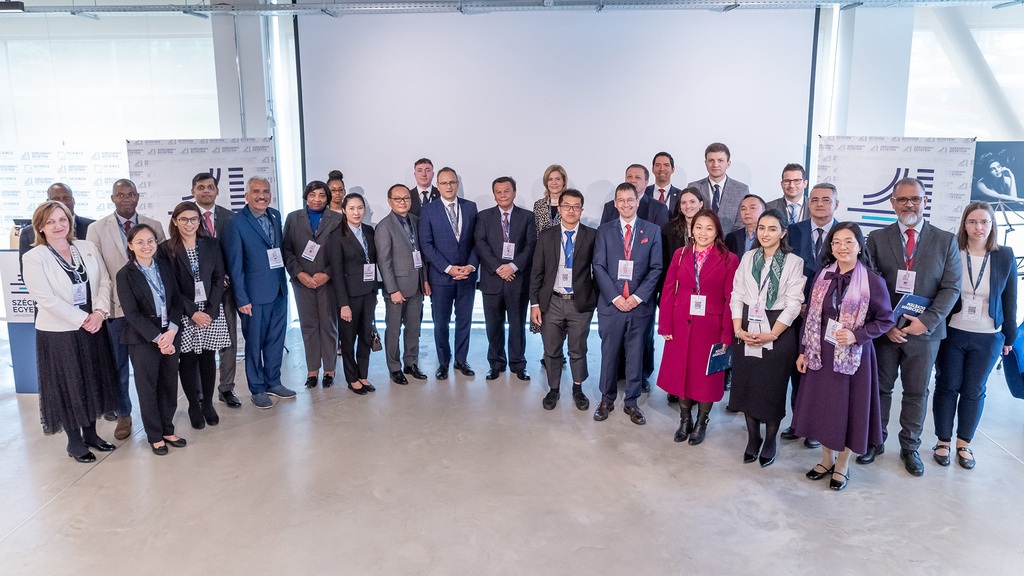
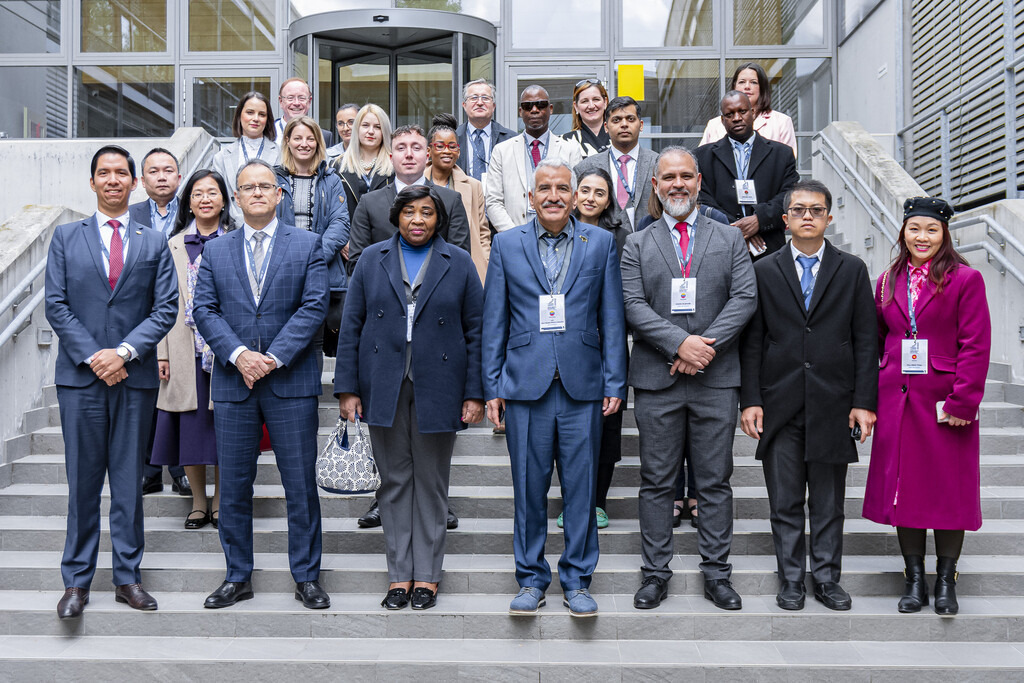
Tamás Kolossváry, the Director of the Széchenyi István University’s Győr Science and Innovation Park, elaborated that last year the first building, covering nearly four thousand square metres, was inaugurated, with plans to complete further development in two additional phases over the coming years.
He emphasized that within the innovation park, there are facilities for enterprise development, the Design Campus coordinating the university’s industrial design, graphic design, and fine arts programmes, several research and development units, as well as corporate partners involved in cutting-edge technologies, such as Audi and Bosch. He added that the strengthened industrial partnerships can foster the emergence of startup and spinoff ventures, increase the number of research projects, patents, and scientific publications, and drive innovation forward.
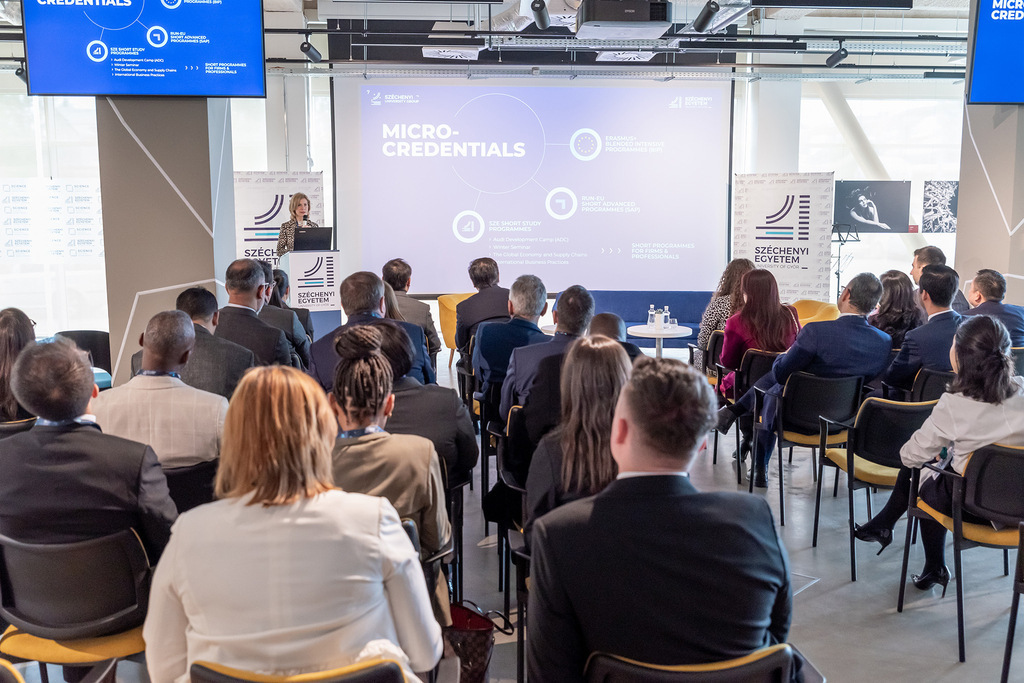
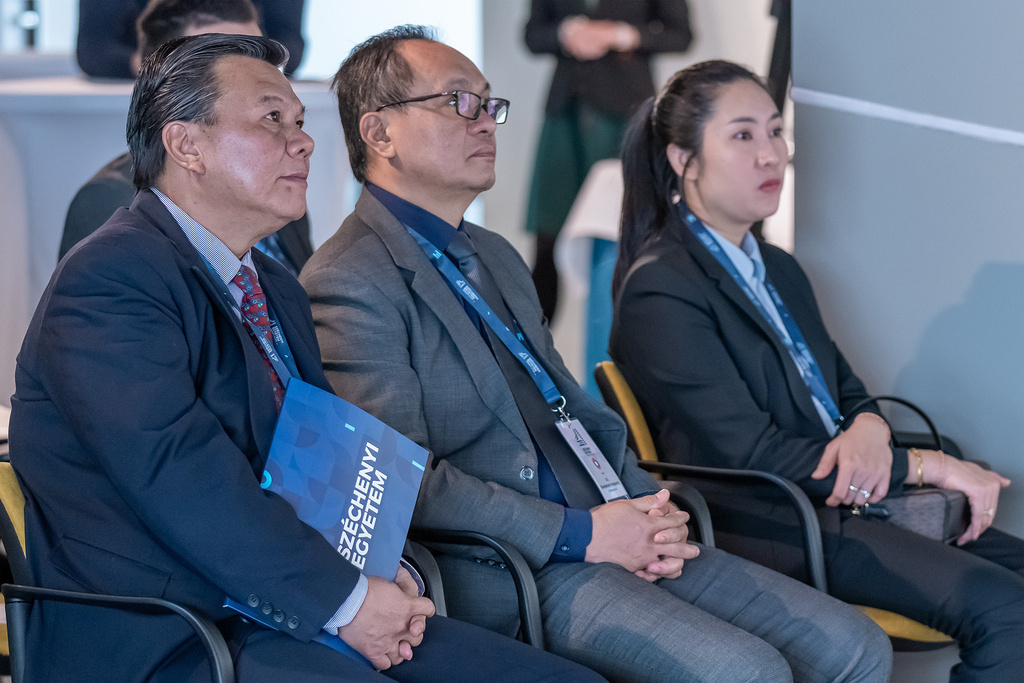
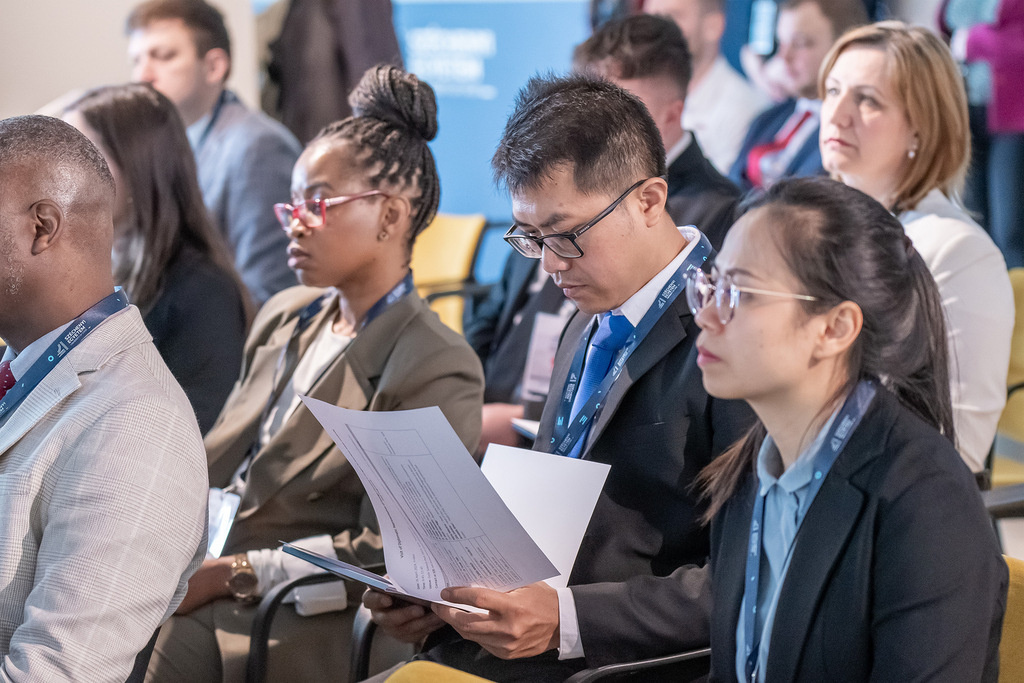
With a history of more than 200 years, the activities of the Albert Kázmér Mosonmagyaróvár Faculty were presented by the Dean, Dr Tamás Tóth. He stated that nearly 700 students are enrolled in one of their 22 Hungarian and four English-taught programmes, with an additional 50 doctoral students.
Their educational and research activities focus on modern food technologies, sustainability, agricultural digitization, and rural development. He emphasized that state-of-the-art laboratories and the 500-hectare Smart Farm agricultural research station support both their education and research activities. The Dean showcased the faculty’s research portfolio through several projects.
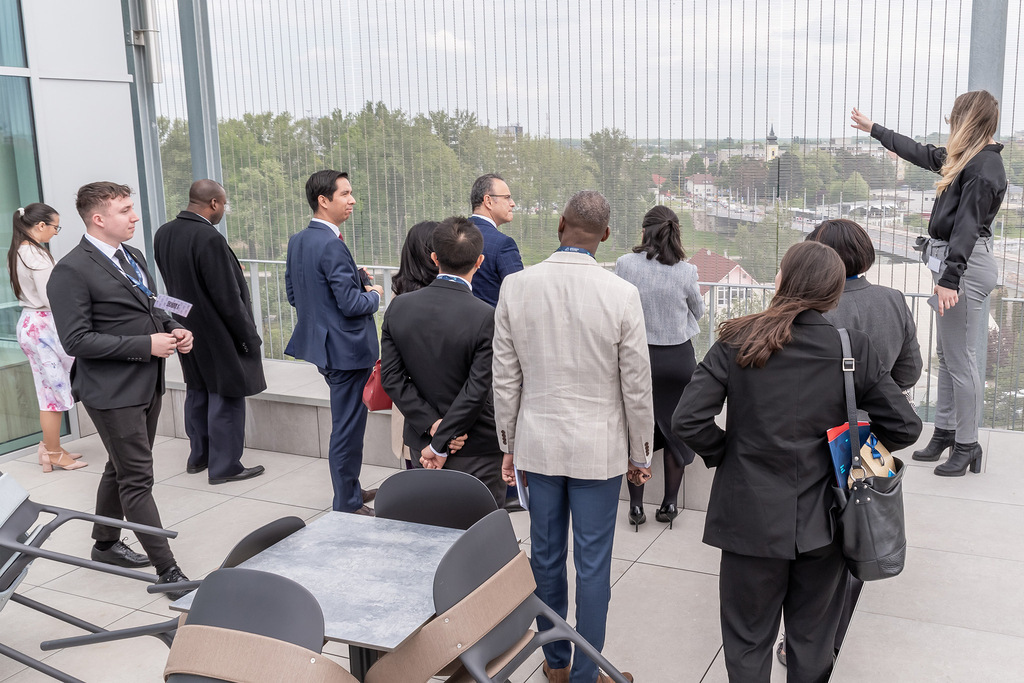
Dr Zoltán Weltsch, head of the Széchenyi István University’s Zalaegerszeg Innovation Center, explained that alongside one of the world’s most advanced automotive proving grounds, ZalaZone, a complete ecosystem has been developed in recent years. This constitutes part of the University infrastructure, encompassing laboratories and the plants and development centres of major companies such as AVL, Bosch and Rheinmetall. The proving ground itself offers opportunities for testing electric, autonomous and military vehicles.

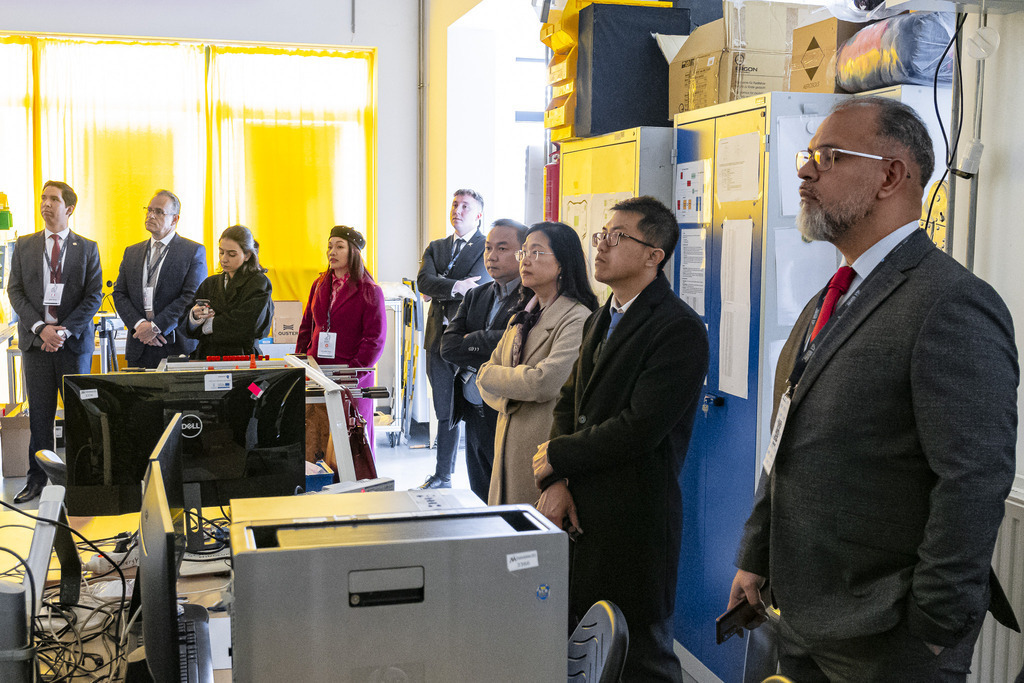
Among the guests, H.E. the Ambassador of Laos, Mr Khamphone Vongsanty, mentioned that nearly fifty young people from his country are studying at Széchenyi István University. The emergence of the Laotian community is due to the Stipendium Hungaricum Scholarship Program initiated by the Hungarian government. Today, self-financing students from the Southeast Asian country also study in significant numbers at the institution.
“This event provides a great opportunity to get to know the University in Győr,” he expressed. Referring to the University’s Formula Student competition team, the Arrabona Racing Team, he particularly highlighted the importance of hands-on education by indicating the team’s exhibited race car.
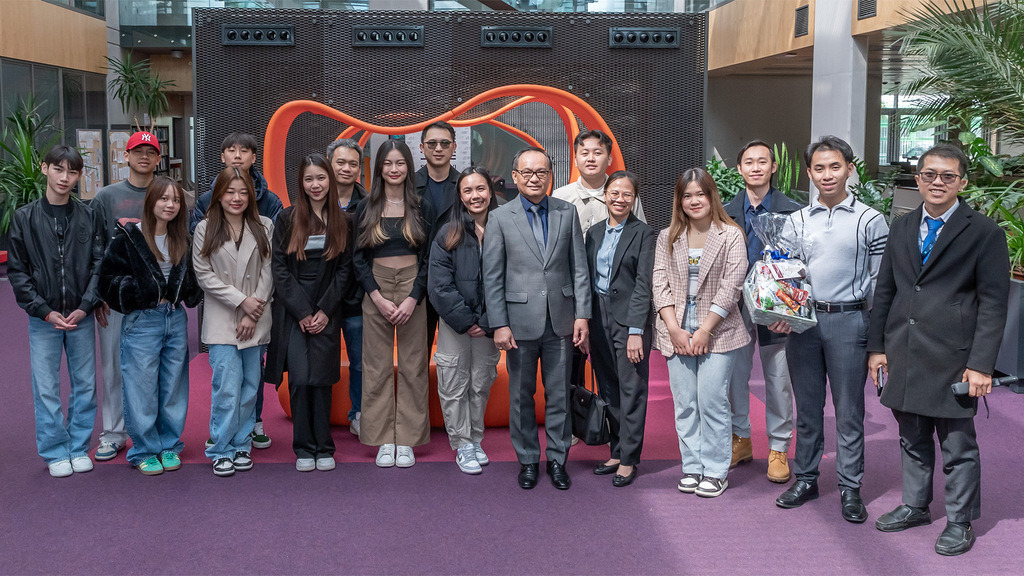
The Ambassador of Malaysia to Hungary, Mr Francisco Munis, explained that since 2018, young people have been coming from Malaysia to study at Hungarian universities through the Stipendium Hungaricum programme. “Initially, only a few came, but currently there are about a hundred across the country. We would like to see their numbers increase, including here at Széchenyi University. I am confident that in the future, we can strengthen our ties with the institution in Győr,” he emphasized.
Disclaimer: the author(s) of the sponsored article(s) are solely responsible for any opinions expressed or offers made. These opinions do not necessarily reflect the official position of Daily News Hungary, and the editorial staff cannot be held responsible for their veracity.
Source:





